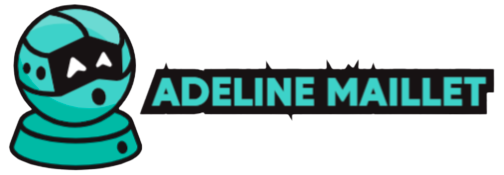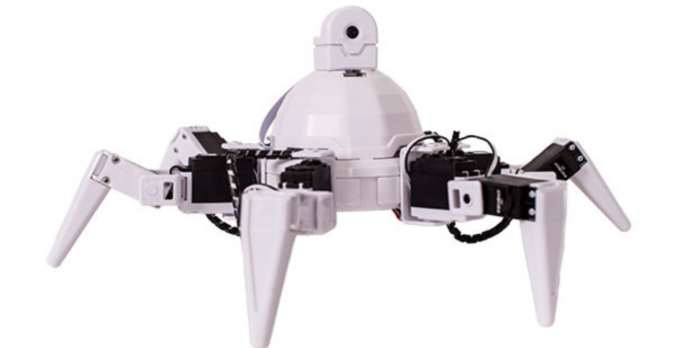With the constant evolution of instructional design, rapid prototyping has emerged as a popular technique for creating compelling and interactively engaging learning materials.
It enables designers to develop and test new ideas in less time and create adaptive learning modules, which may include gamification and collaborative work.
You will find the details of how rapid prototyping instructional design is used in the robotics industry and in the creation of training materials for workers in this booming field.
Creating Adaptive Learning Modules
Due to the adaptive nature of rapid prototyping now, we can get personalized learning experiences by using effective tools which can test variations of instructional content. Designers have the opportunity to experiment with different layouts, formats, and content types, they can also gather essential feedback to improve the quality of design.
Regarding robotics, this adaptive learning module is critically important to create valuable tailored specifications specific to the workers’ needs in different roles.
Incorporating Rapid Prototyping into Agile Instructional Design
Agile instructional design is a method that emphasizes flexibility and collaboration with a prime focus on rapid iteration and feedback, it is a valuable tool to incorporate agile rules into instructional designs, enabling the designers to test and refine ideas.
In robotics, agile instructional designs have shown importance in creating training materials with the latest trends and best practices in this continuously evolving field.
Collaborative Instructional Design with Rapid Prototyping
Rapid prototyping and collaborative instruction design now go hand in hand, as they facilitate collaboration to promptly share the results of test ideas with the team members and stakeholders.
You get the refined version of the design, which has feedback from the subject matter experts, trainers, and workers.
Rapid Prototyping for Gamification in Instructional Design
In the gamification technique, game elements are incorporated into the instructional materials to increase engagement and motivation among learners. By prototyping, designers can experiment with game mechanics, including point badges, leaderboards, and feedback to improve the design.
Innovative Prototyping in the Robotics Industry
The Robotics industry is a fertile ground for rapid prototyping, we can use it to create and develop physical prototypes of robotic components and test designs to refind the production of the product and the developmental process.
Manufacturers create reliable and efficient products, which also booms the innovation in the instructional design of robotics.
The Future of Rapid Prototyping in Instructional Design
Rapid prototyping has a growing future in accordance with the massive use of artificial intelligence.
Artificial intelligence and Machine learning are showing rapid transformation in the field of instructional design, by leveraging data and analysis, designers can now use AI and ML to have a personalized experience.
Rapid prototyping and AI, along with ML, are going to create tremendous advancements the the instructional design procedure.
Virtual and augmented reality will also collaborate with the instructional designs’ rapid prototyping to test the new learning materials and refine the product development.
Instructional designers can also create bite-sized information and learning materials for mobile and microlearning, which will help customize the user experience and create better end products in instructional design.







